The Secret Sisterhood
"A conspiracy of silence has obscured the friendships of female authors," asserts a new book, because these creative alliances were seen as "subversive or a source of shame."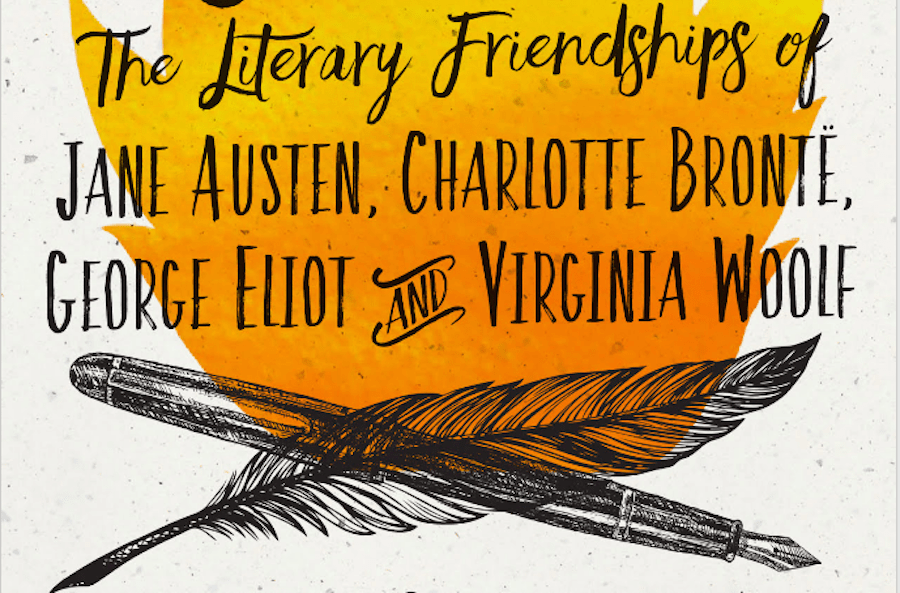 Houghton Mifflin Harcourt
Houghton Mifflin Harcourt
“A Secret Sisterhood: The Literary Friendships of Jane Austen, Charlotte Bronte, George Eliot and Virginia Woolf”
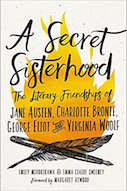
Purchase in the Truthdig Bazaar
A book by Emily Midorikawa and Emma Claire Sweeney
In an 1869 letter to George Eliot, Harriet Beecher Stowe wrote that her “hand stretched forth in the dark passage of life to see if there is another hand to meet it.”
Stowe, the acclaimed author of “Uncle Tom’s Cabin,” was writing to Eliot not only as a friend, but as a writing companion. Eliot did meet Stowe’s hand, responding with a startling level of candor about her frequent bouts of depression and (surprisingly, to modern readers who know of the enduring success of her “Middlemarch” and “Silas Marner”) “uncertainty about the quality of her literary work.”
Their long-distance but intimate friendship, like the others described by Emily Midorikawa and Emma Claire Sweeney in “A Secret Sisterhood: The Literary Friendships of Jane Austen, Charlotte Bronte, George Eliot and Virginia Woolf,” has long been overlooked, in stark contrast to the celebrated friendships of male writers such as Lord Byron and Shelley, Hemingway and F. Scott Fitzgerald.
Click here to read long excerpts from “A Secret Sisterhood” at Google Books.
The authors, who spent years in dusty archives delving into long-forgotten diaries and correspondence, and reading every novel these women wrote, assert that female writers of the past had few chances to “publicly praise the women who helped, cajoled and influenced them,” and their conversations were limited to the parlor and never aired on the public stage. Not only were their relationships obscured, but also their literary personae—two of the authors, Marian Evans and Charlotte Bronte, had to publish under male pseudonyms, George Eliot and Currer Bell respectively; the novels of Jane Austen were simply attributed to “A Lady.” Though Austen’s novels are now widely read and acclaimed, she was never even publicly acknowledged as a writer during her lifetime.
The authors assert that a “conspiracy of silence has obscured the friendships of female authors, past and present,” because these creative alliances were seen as “subversive or a source of shame,” even scandalous. These valuable friendships have been intentionally hidden by family members and other biographers because they were perceived as a threat to the proscribed conventional roles of mother, daughter, sister or wife. Even Virginia Woolf, who fastidiously cataloged her correspondence with Katherine Mansfield, is often portrayed as an archrival of Mansfield. Though their volatile relationship included both jealousy and joy about one another’s writing and publishing successes, Woolf eventually understood that “it was absurd to be afflicted by jealousy.” She realized that literary competitors were entirely different from romantic rivals, and in the realm of art, she wrote, “there’s room for everyone, unlike love.”
Drawing on their own experience as writing friends who value each other’s words, support and critiques, Midorikawa and Sweeney seek to debunk the well-worn myths: “Jane Austen as a cottage-dwelling spinster, Charlotte Bronte, an impassioned roamer of the moors, Marian Evans, a fallen woman, and Virginia Woolf, a melancholic genius.”
Austen, for example, shared a deep friendship with Anne Sharp, the governess of her niece, Fanny. Fanny’s diaries and correspondence are the source of much information about this alliance, which was intentionally left out of the official biographies, compiled by Austen’s nephew James and her sister Cassandra, who destroyed most of Austen’s letters after her death. Sharp was also a playwright and enjoyed writing original theatricals for the family to perform. Austen’s “Mansfield Park,” whose young heroine Fanny Price may be modeled on her niece, focuses on such a production, which causes great consternation in the household. Austen’s lifelong devotion to Sharp lasted long after she had left the family’s employ.
“You are very ugly,” were Mary Taylor’s first words to Charlotte Bronte when they met at boarding school—hardly an auspicious start to a friendship. Taylor, who was from a radical family of nonconformists, also disparaged Bronte’s conservative views. But eventually the two became close, and, as young women, shared both their writing and their determined aspiration for publication. But, the authors assert, their friendship has long been overshadowed by the “well-worn image” of the trio of Bronte sisters. In 1844, after the two had traded manuscripts and shared joys and disappointments for many years, Taylor immigrated to New Zealand. It was, Bronte wrote, as if “a great planet” had fallen from the sky.
As is to be expected by two literature-loving writers, the authors themselves create some exquisite passages. Here’s how they describe Virginia and Leonard Woolf preparing their home for a visit by Mansfield and her husband: “They aired the rooms, unlocking the latticed windows to let in the summer breeze, and they rid the place of the small frogs and black beetles that had found their way in from the neighboring fields. Virginia set a vase of carnations … their petals still pleasingly bright, and Leonard harvested beans from the overgrown garden, the smoke from the nearby farm settling into a haze on the meadows beyond.” The scene is reminiscent of Woolf’s own writing of opening up the summer home in “To the Lighthouse.“
There are times, however, when the verbiage goes over the top. For example, the authors describe a letter from Stowe to Marian Evans (Eliot), as written in “a more sloped hand then the upright lettering that flowed from Marian’s nib.” Or when addressing the similarities between a story written by Mansfield and one that Woolf was contemplating about a walk in a garden, they write that the idea “was blossoming in Virginia’s mind” and “she could not have asked for a timelier gift than the seed Katherine planted in her mind.” Enough with the flower metaphors!
The book contains some thrilling moments of research rapture. For example, Midorikawa and Sweeney describe finding a letter and diary marginalia by Austen’s niece Fanny, revealing that she had written an account of Sharp’s theatricals on “a piece of paper to be found in the pocket of this book.” When they went looking for that piece of paper in the archives where Fanny’s diaries were kept, they could find no record of it; the archivists assumed it had been lost. But as the authors carefully perused Fanny’s small calfskin diaries, they “discovered cardboard pouches as brittle as late-autumn leaves.” One fragment, they write, contained her detailed account of the theatricals “just as it has for well over two hundred years.”
The assiduous pair also turned up unpublished correspondence between Stowe and Eliot in the locked archive of the Berg Collection in the New York Public Library. “The 150-year-old sheets of cream-colored paper hold Harriet’s words of sympathy for Marian and her sick stepson,” and tell of her eldest surviving son who was “wounded and shattered” during the Civil War.
As someone who heavily relies on my sister writers for their encouragement, wise critiques and shared love of the written word, the literary comradeship of these writers I have long admired resonated deeply, and I am grateful to Midorikawa and Sweeney for illuminating their treasured friendships.
The epilogue includes tantalizing notes on the friendships of other women writers the authors learned about as they researched the book, including Toni Morrison and Maya Angelou, Zora Neale Hurston and Marjorie Rawlings, and Jean Rhys and Eliot Bliss (who was inspired by George Eliot to choose that pen name).
The authors write that their project began with the simple aim of finding the literary women befriended by Austen, Bronte, Eliot and Woolf, but led to “a wider web of threads linking these writers across generations and vast expanses of land, sea and time.” Sounds like there may be a second volume in the works—and it would be most welcome!
Your support matters…Independent journalism is under threat and overshadowed by heavily funded mainstream media.
You can help level the playing field. Become a member.
Your tax-deductible contribution keeps us digging beneath the headlines to give you thought-provoking, investigative reporting and analysis that unearths what's really happening- without compromise.
Give today to support our courageous, independent journalists.
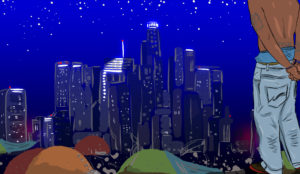
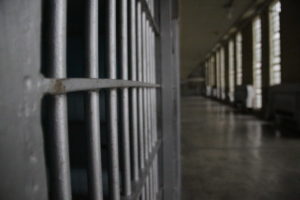
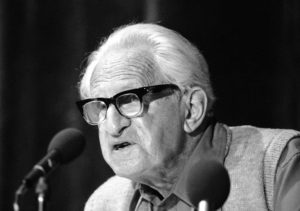
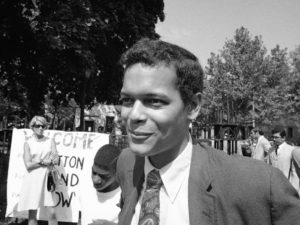
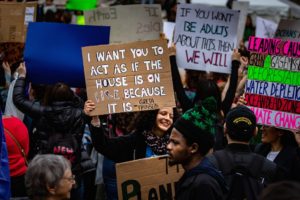
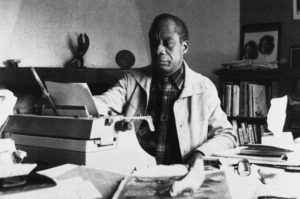


You need to be a supporter to comment.
There are currently no responses to this article.
Be the first to respond.